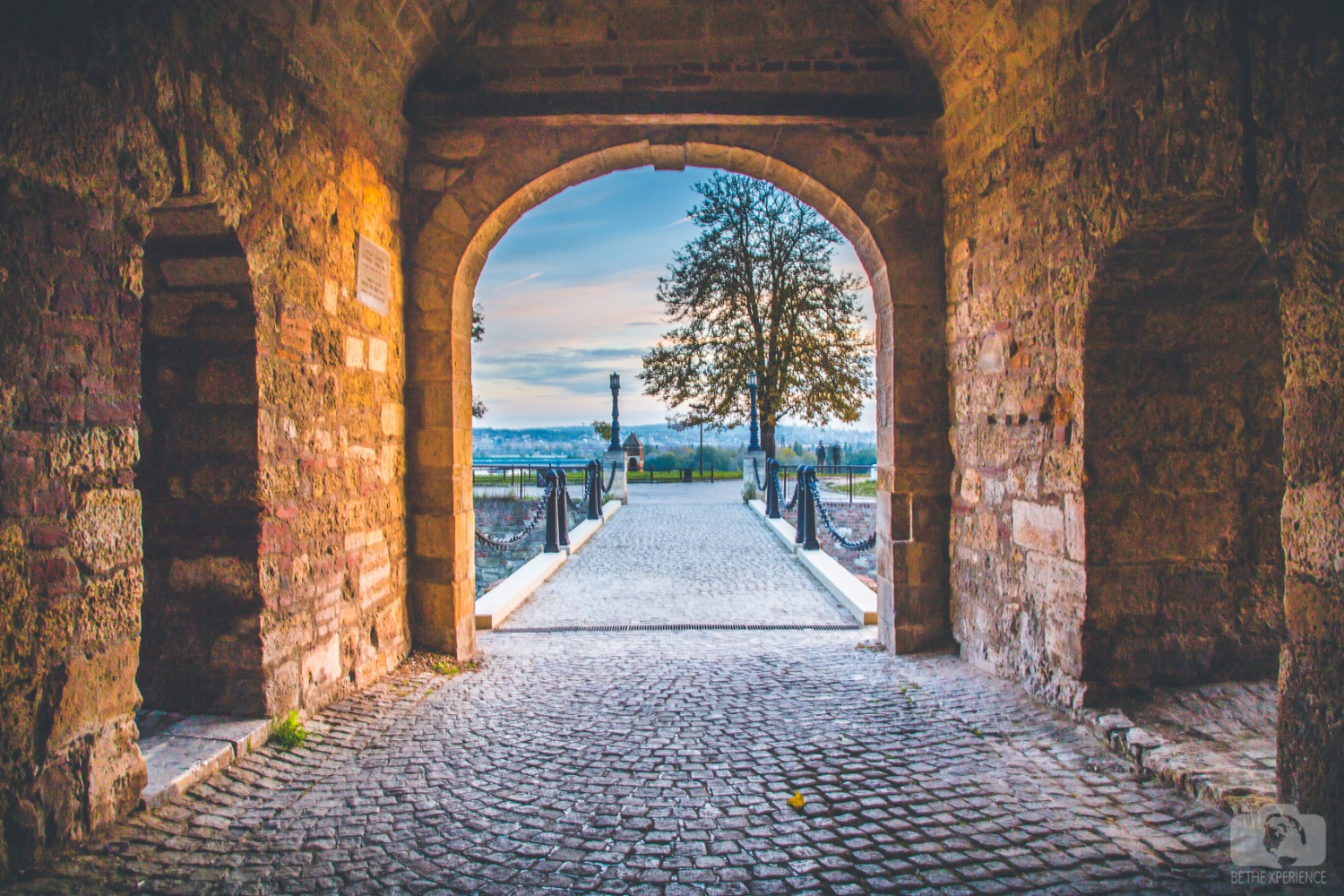The Serbs came to Balkan, along with other South Slavic tribes, in the Great Migrations during the 6th and 7th century.
The Serbs were first mentioned by the Byzantine Emperor Constantine Porphyrogenitus in the 10th century, when they were settling on the territory of today’s west Serbia, east and central Bosnia and Herzegovina with the Adriatic coast between the river Cetina and lake Skadar, and in the South in the area edged by the river Lima and the mountain range Prokletije.
They have stayed in that area to this day, accepting a variety of influences and functioning as an imaginary boundary between the East and the West, while, at the same time, taking the best from both worlds.
Ever since they abandoned the old Slavic beliefs, and embraced Christianity in the 9th century, and up until the formation of the first Serbian country under the rule of Nemanjić dynasty in the 12th century, Serbs had some kind of authority that resembled the parliament and certain respectable individuals, but all of that was insufficient to preserve the homogeneity of the people.
With the arrival of the Nemanjić dynasty, Serbia experienced a great economic, political, as well as military prosperity, developed its legal system, won its own autocephalous church and became an empire in the 14th century. At the end of the 14th century the last ruler from the Nemanjić dynasty died, and the Serbian empire began to fall apart due to some internal disputes and attacks from the outside. One of the regional lords, Lazar Hrebeljanović, took hold of the power in an attempt to unite the Serbian countries and strengthen them against the Turks. What followed was one of the greatest battles in the history of Serbia, the battle of Kosovo, in 1389, in which prince Lazar and a large portion of his army died, while Serbia became Turkish vassal.
Up until the end of the 17th century the entire territory of what is today Serbia was under the rule of the Ottoman Empire. Serbia at the time didn’t exist as a country, and the territories inhabited by Serbs were divided into Ottoman pashadoms. At the time many Christians were forced to convert to Islam.
At the end of the 17th century, the northern part of what is Serbia today (Bačka and part of Srem) was conquered by Habsburg Monarchy, only to expand its power to a great part of today’s Serbia – the rest of Srem, Banat, Mačva, Šumadija, and eastern Serbia. In that way the area inhabited by Serbs, what was once Serbia, became divided between two Empires, Ottoman and Habsburg, while the border was on Sava and Danube.
Serbs South of Sava and Danube, those in the Ottoman part, led by Karađorđe in 1804 started the First Serbian Uprising against the Turks. The rebels succeeded in establishing their own authority in these territories and conquering the Belgrade Fortress. Up until the year 1912 this part of Serbia was again under Serbian rule (the rule of the Praviteljstvujušći sovjet). In the meantime Turks repossessed these Serbian territories, so in 1815 the Second Serbian Uprising commenced, and as a result Serbia became an autonomous principality within the Ottoman Empire, led by Miloš Obrenović.
It was Mihailo Obrenović, the son of the prince Miloš Obrenović, who liberated the principality of Serbia from the Ottoman military presence, in 1867, when he secured the withdrawal of the Ottoman army from the garrisons on the territory of the Serbian principality. This event is remembered as gaining the cities. The principality of Serbia became an internationally recognized independent country by the decisions at the Berlin congress in 1878.
Having undergone slavery followed by liberation from the Ottoman Turks in the 19th century, Serbia became a modern country that was appreciated in Europe in political and cultural sense. Serbia became a kingdom during the rule of Milan Obrenović in 1882.
After the Balkan wars (1912-1913), Serbia grew significantly stronger, which caused a strain to its relationship with Austro-Hungary, so, with the confrontation of these two countries, started the World War I (1914-1918) where Serbia was in alliance with the Triple Entente. Near the end of the war Serbia was joined by Srem, Banat, Bačka i Baranja, as well as Montenegro, thus forming a new country – The Kingdom of Serbs, Croats and Slovenes (December the 1st 1918) that was later renamed the Kingdom of Yugoslavia.
With the turbulence brought on by the WWII, the communists, led by Josip Broz Tito, took over the rule in the Kingdom of SCS, so, upon the war’s end it changed its name to the Socialist Federal Republic of Yugoslavia (1943).
The end of the 80s brought on conflicts between the Yugoslavian people because of the rise of nationalism and the strivings toward independence. A civil war broke out on the territories of Croatia and Bosnia and Herzegovina. The conflicts ended in 1995, and they resulted in the disintegration of SFRJ. The only ones left in the federation that once consisted of six republics (Slovenia, Croatia, Bosnia and Herzegovia, Macedonia, Serbia and Montenegro) were Montenegro and Serbia under a new name – Federal Republic of Yugoslavia.
In the referendum in May 2006, the people of Montenegro decided that Montenegro should gain independence, which ended the disintegration of Yugoslavia, and from that date on Serbia existed as an independent country under the name Republic of Serbia.
The southern Serbian province, Kosovo and Metohija, is under the international protection after the conflicts between Serbs and Albanians and NATO bombing of Serbia in 1999. Somewhere between 200 and 280 thousands Serbs were relocated from the province. Today, there are around 100,000 Serbs in Kosovo and Metohija, most of them being in the northern part of Kosovo, while in the rest of the province Serbs are living in enclaves.

